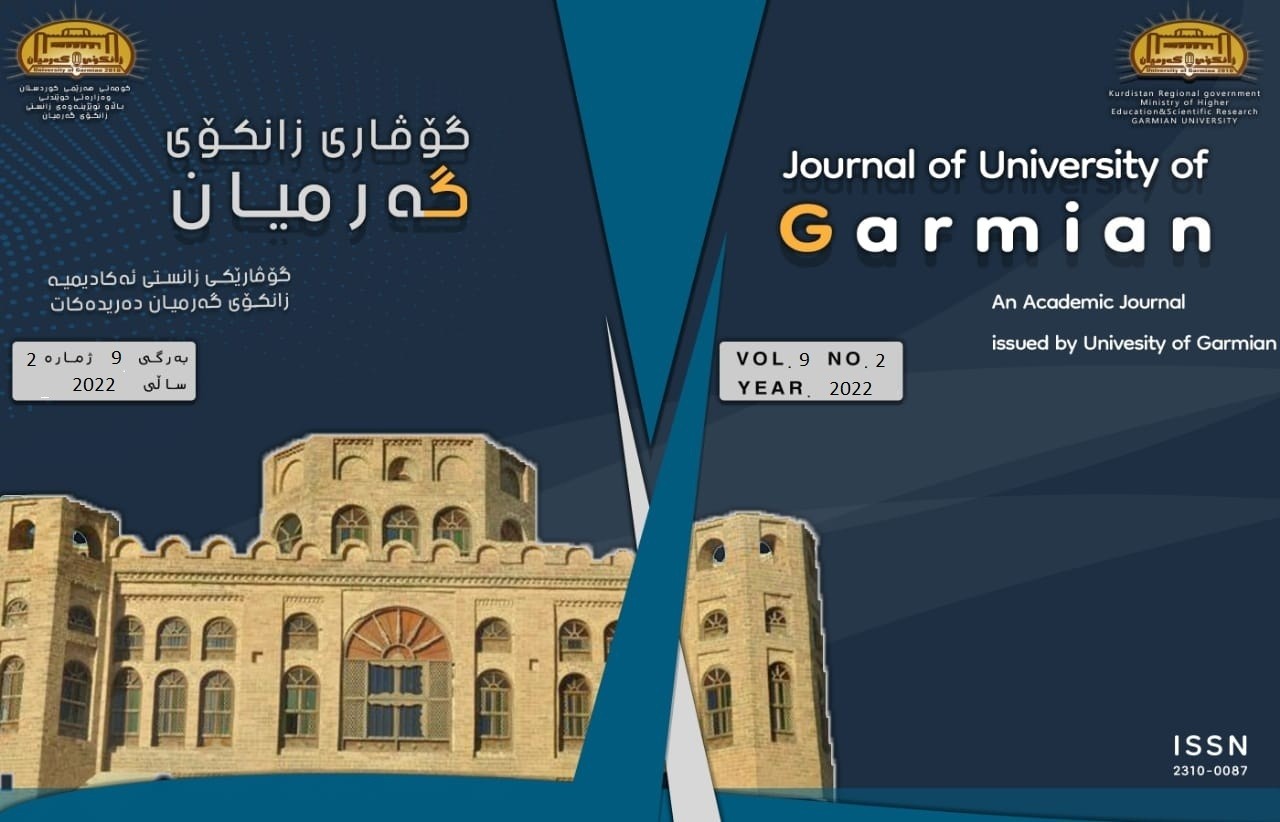Document Type : Original Article
Author
Geography department, Humanities College, Sulaimani University, Iraq-Kurdistan Region
Abstract
The objective of this study is to analyze the changes in annual, minimum and maximum temperatures due to global warming phenomena during period (1973-2015) in Sulaimani city and its impact on energy consumption on the heating and cooling to get comfort degree for residents in Sulaimani city.
The Microsoft Excel-2010 analysis Toolpak which provides statistical analysis tools were used to discern the mean annual trends. Results show that there is difference in change of temperature over the forty-two years study period, the average annual temperature that the average annual temperature in Sulaimani city increased by (0.0716 C˚/ y) in summer time while at July during the period increase by the rate (0.1844 C˚/ y) in winter time at January, The linear trend analysis for the monthly maximum temperature for January and July for period (1973-2015) is shown in figure (5), the trend analysis cleared the rate of increase in January (0.1777 C˚/ y) and in July (0.0606 C˚/ y), also the trend analysis of monthly minimum temperature for the same period shows rate of increase in temperatures, January (0.1751 C˚/ y) and July (0.0667 C˚/ y), for minimum temperature than maximum temperature (about 0.751 C˚).
By using data of daily electricity consumption and temperature for the period 1973-2015 in Sulaimani, the variation of energy consumption and the correlations between energy consumption and temperature are analyzed. In order to determine the months of need for cooling and months for heating in Sulaimani city, the temperature (18.33 C˚) was essentially taken as the thermal threshold for heating and (23.89 C˚) as the thermal threshold for cooling.
For the period of 1973-2015, the annual CDD and HDD of Sulaimani are calculated and a linear trend analysis shows that in warm months (April to October), the CDD would increase at a rate of ( ) while in cold months ( C˚ d) November to March) the HDD would decrease at a rate of ( C˚d). A positive relationship was obtained between high temperatures and the amount of energy use in cooling while the linear relationship and discontinuities emerge in cold seasons.
Keywords

